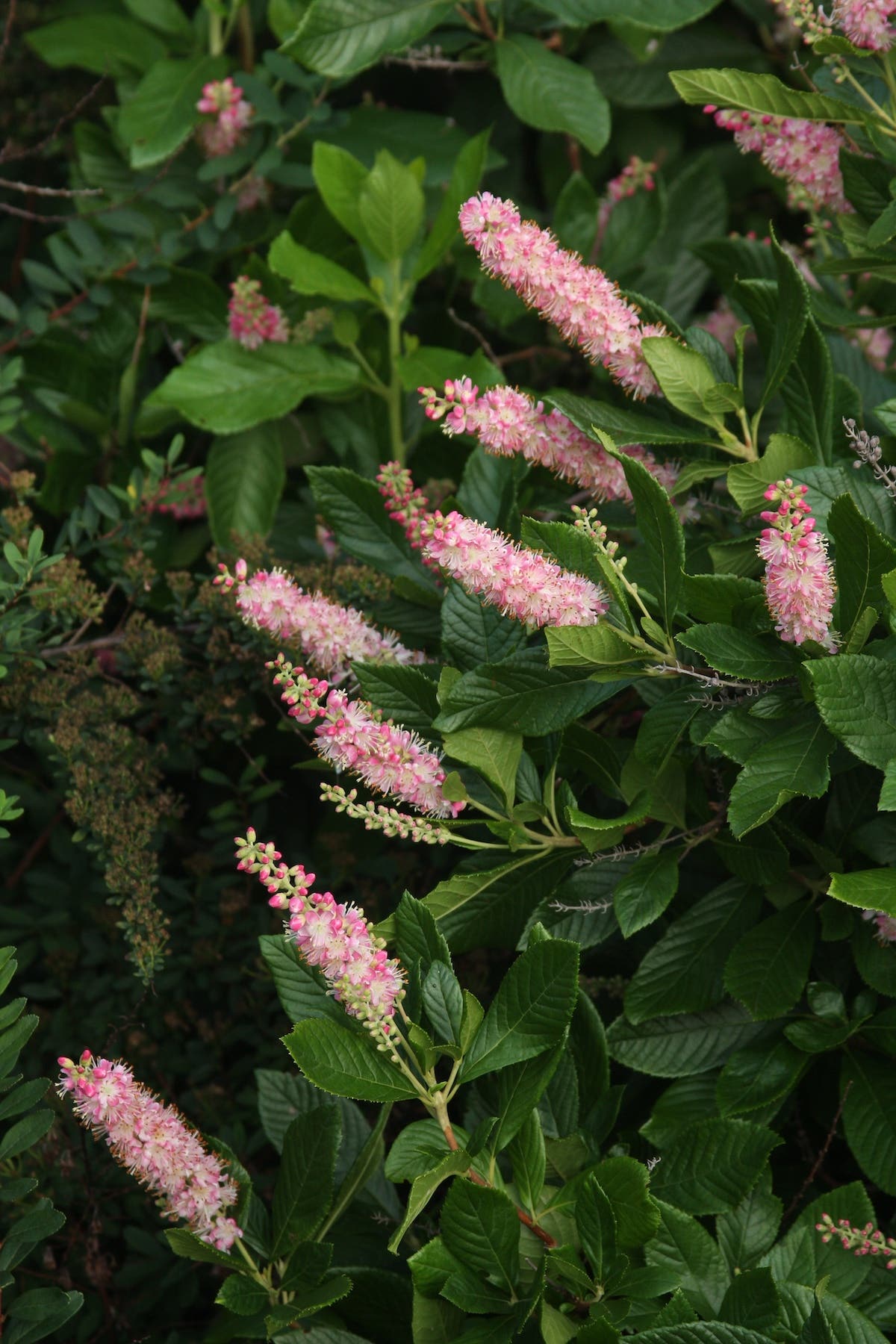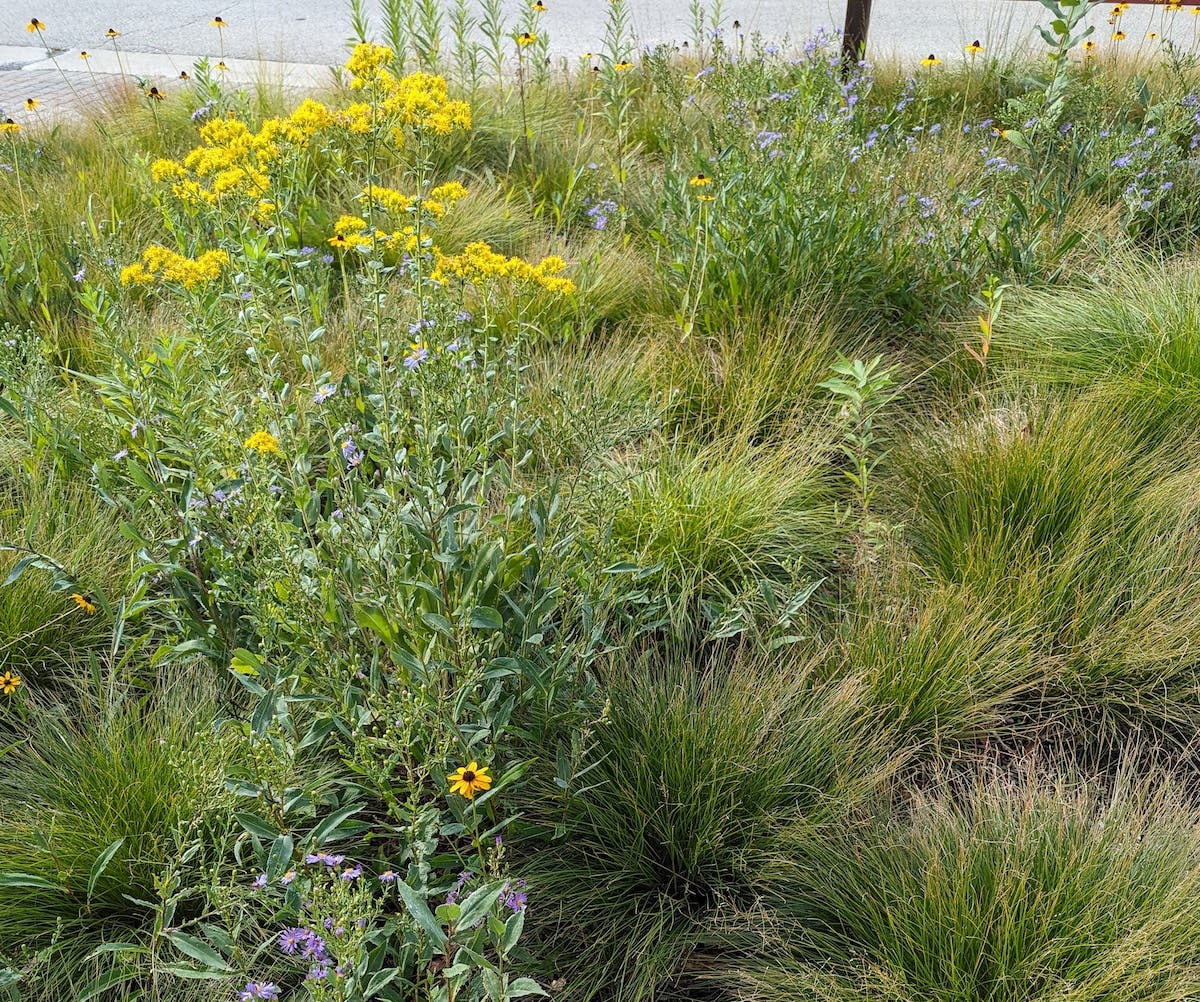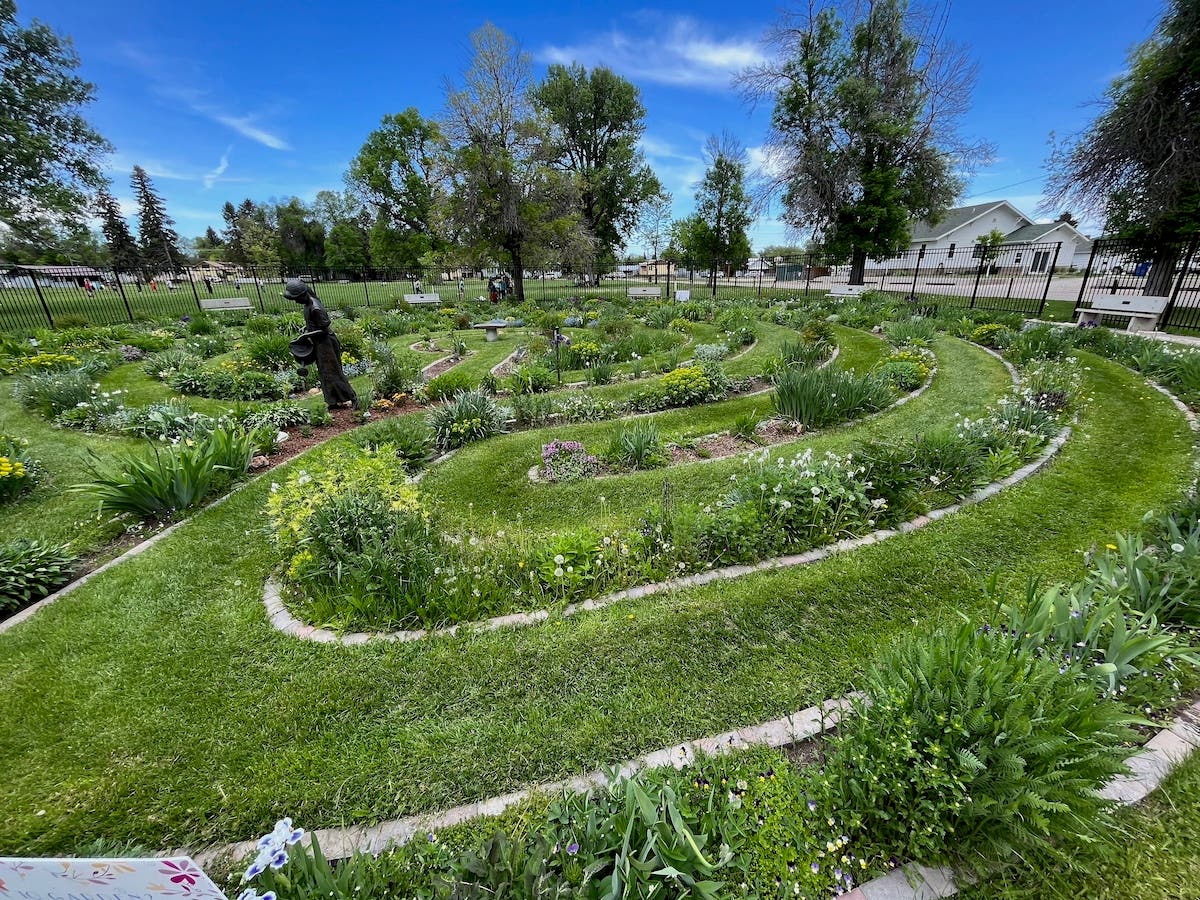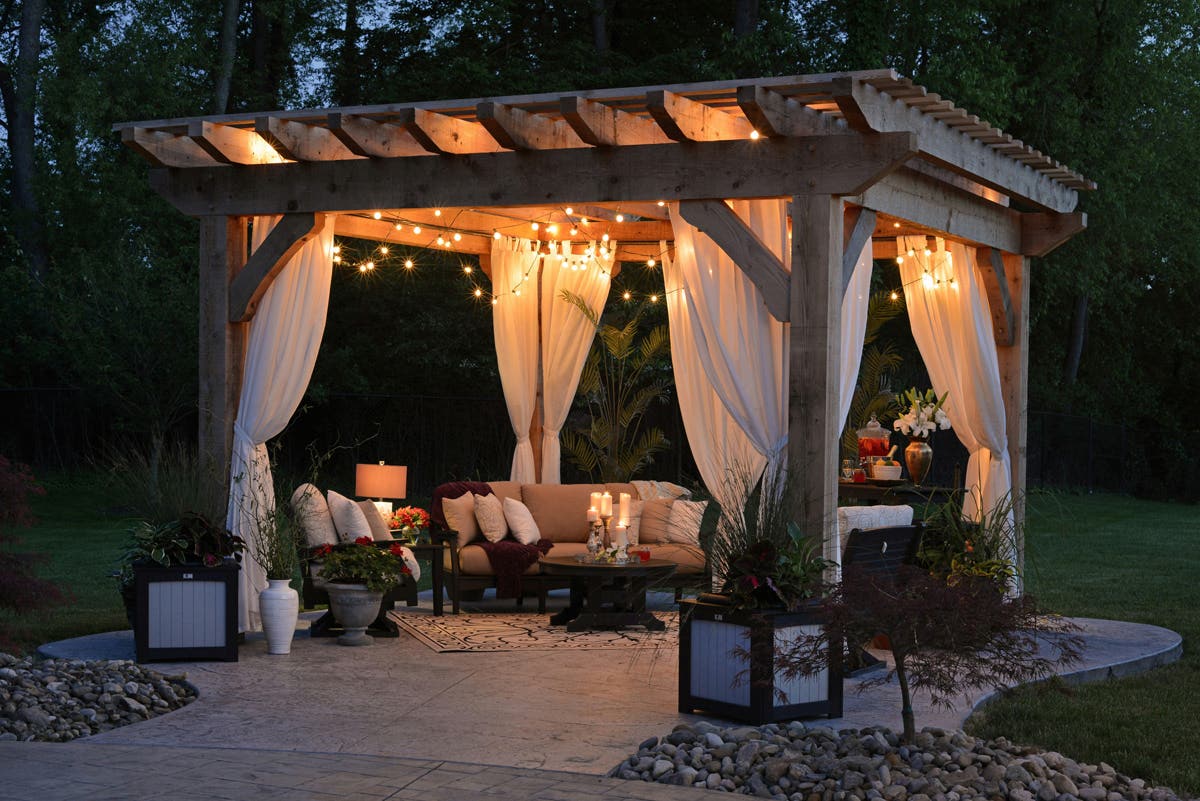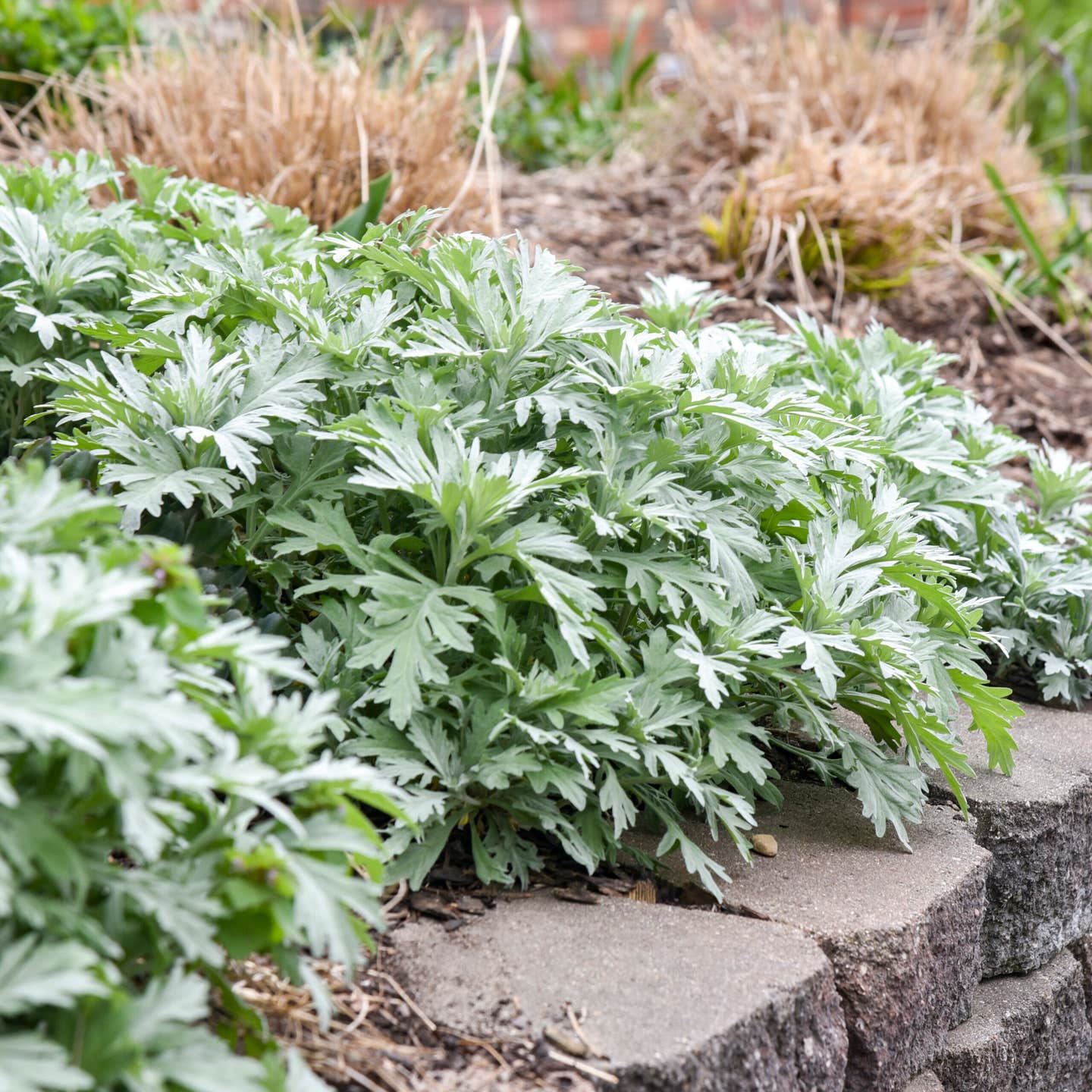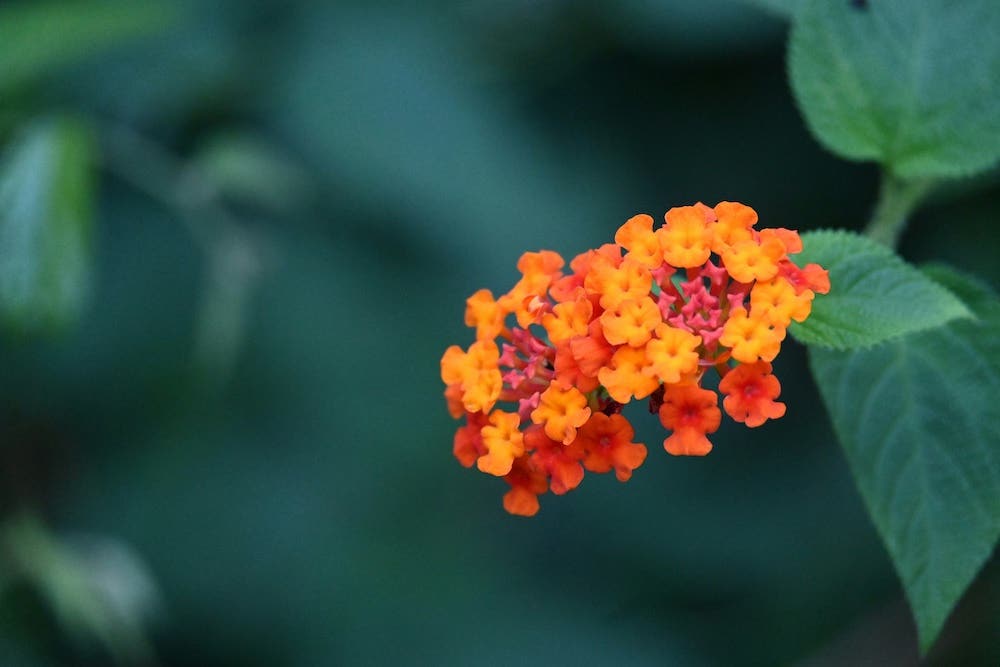Define Your Garden with Edgings
Excerpted from The Flower Gardener’s Bibleby Lewis and Nancy Hill (Timber Press, 2003). An edging defines exactly what is garden and what is not, and it gives the bed a…
Excerpted from The Flower Gardener's Bibleby Lewis and Nancy Hill (Timber Press, 2003). An edging defines exactly what is garden and what is not, and it gives the bed a finished appearance, often making the difference between a fine garden and one that looks mediocre. In addition to the aesthetic boost, it protects the flower bed from weeds that are likely to sneak in from the sides. Even if the edging's purpose is to finish off your garden, it is best to install it before you plant anything, though it is also possible to add an edging to an established garden, if necessary.
The depth of edging you need depends on the type of plants growing the garden bed and the ones surrounding your garden. A 4-inch depth will keep out shallow-rooted weeds and most lawn grasses, but 8 inches will do the job better. Edgings that are 2 or more feet in depth—and possibly constructed of concrete—are necessary to halt the deep-roving roots of shrubs and hedges.
Invisible edgings
Strips of steel, aluminum or heavy plastic, usually 4 to 8 inches in width, make invisible edgings and are available at most garden and hardware stores. They take longer to install initially but are effective, long-lasting barriers. You can bend them easily to fit beds of any shape, which makes them useful for an island garden or pathway planting, as well as for a straight border.
Visible edgings
Not all edging materials need be hidden, of course. A visible edging can add a decorative touch to the garden. Depending on the appearance you want to create, you might use bricks, flagstones, paving blocks, stone ships, tiles, concrete, wooden timbers or similar materials. If you decide on a wood edging, choose cypress, redwood or another long-lasting type, or treat less durable woods with a nontoxic preservative. Avoid old railroad ties or other timbers that have been soaked in creosote or toxic chemicals, such as pentachlorophenol.
Living edgings
You can also make attractive edgings of living plants. A low, tight hedge of dwarf shrubs, perennials or annuals, such as boxwoods, lavenders, pachysandras, thymes, lilyturfs, perennial candytuft, thrifts, sweet alyssum or alpine strawberry, is often used as a live edging, especially in formal gardens. Though beautiful, live edgings require more maintenance than an inanimate edging and, unless wide, are not as effective at keeping out weed roots.
Installing an edging is time consuming, but it can save a great deal of work in the future. Aesthetically, the finished look it gives a garden can be compared to enhancing a fine painting or photograph with the right matting and frame.


